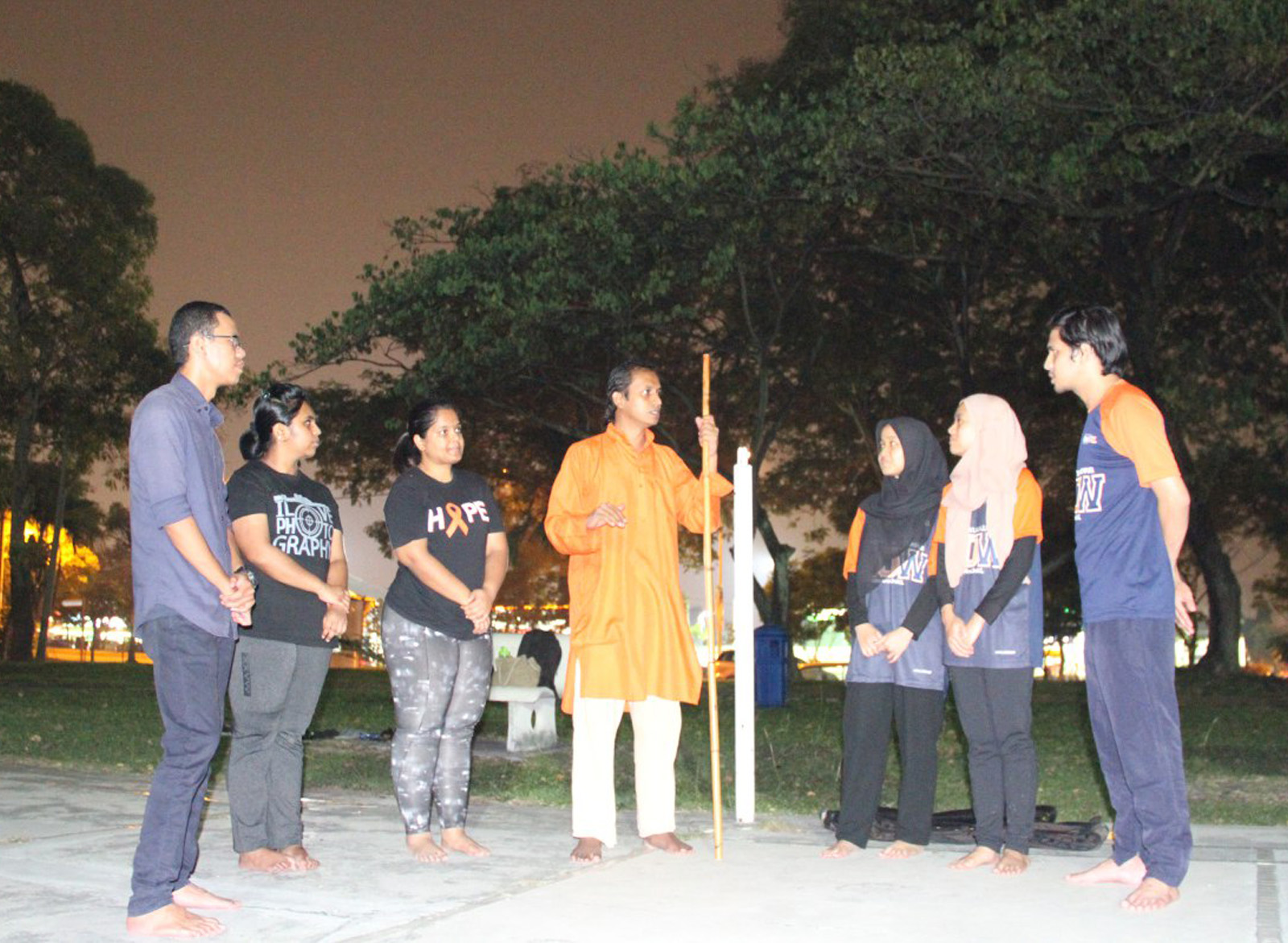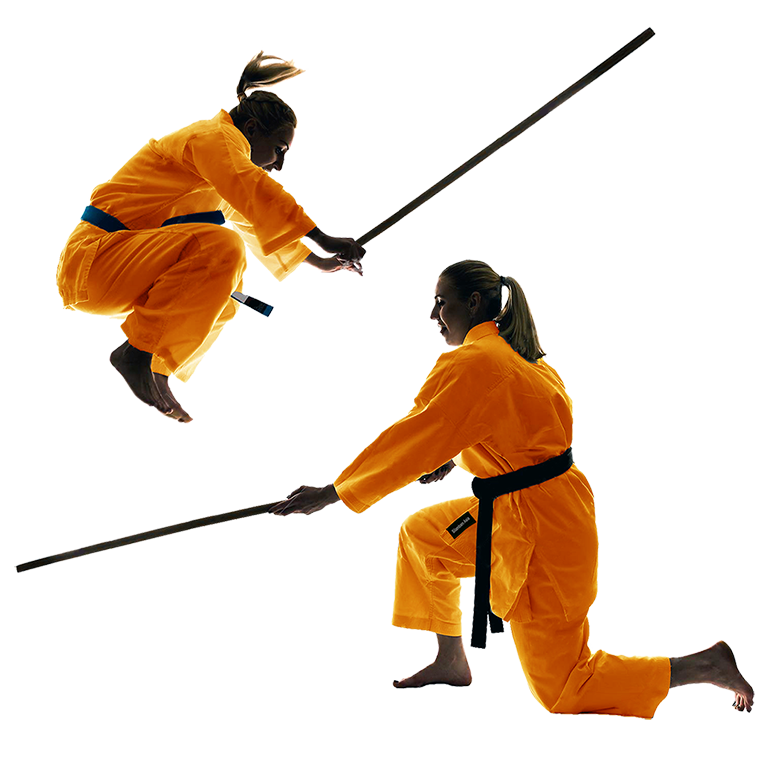
Silambam
Published: 18 April 2025 by Guruji Murugan Chillayah
Silambam, an ancient martial art from Tamil Nadu, centers around the use of a rattan or bamboo staff as its primary weapon. The art form combines swift footwork, precise strikes, and defensive techniques, requiring both physical agility and mental acuity. Historically, Silambam served as a means of self-defense and was practiced by warriors and commoners alike.
Training in Silambam enhances coordination, balance, and reflexes. The practice involves learning various stances, spins, and attack sequences, fostering a deep understanding of movement and timing. Additionally, Silambam includes the study of other traditional weapons, broadening a practitioner's martial repertoire.
Beyond physical benefits, Silambam instills discipline, respect, and cultural appreciation. The art form is deeply intertwined with Tamil heritage, reflecting the region's history and values. Engaging with Silambam offers a connection to this rich cultural tapestry.
For individuals seeking a dynamic martial art that combines physical skill with cultural depth, Silambam presents an enriching path. Its emphasis on tradition, technique, and personal growth makes it a compelling discipline for learners of all ages.
Engaging with these traditional arts offers more than physical skills; they provide avenues for personal growth, cultural connection, and holistic well-being. Whether seeking fitness, self-defense, or inner peace, each discipline presents a rich and rewarding journey.
Frequently asked questions
Silambam is a traditional Indian martial art emphasizing rattan or bamboo staff techniques, other Indian traditional weapons, and dynamic footwork.
Yes, Silambam welcomes beginners, starting with foundational footwork, unarmed practices (Kuttu Varisai), and basic staff handling techniques.
Practicing Silambam enhances flexibility, cardiovascular endurance, coordination, and overall physical fitness levels.
Yes, students can engage in local and international tournaments and cultural performance events.
Progression varies; each belt level generally requires 3–6 months of consistent training.






